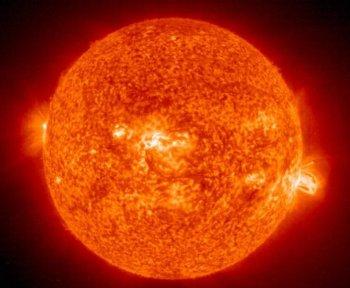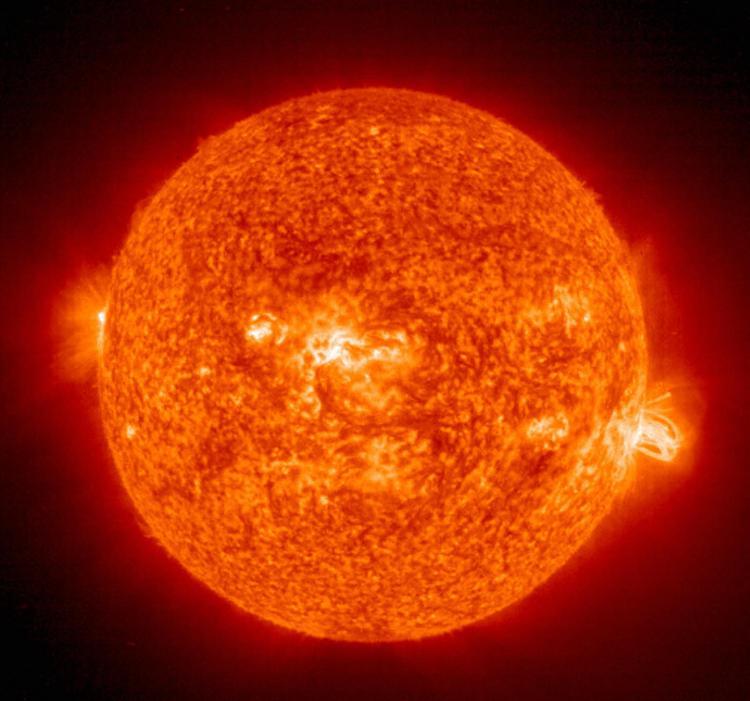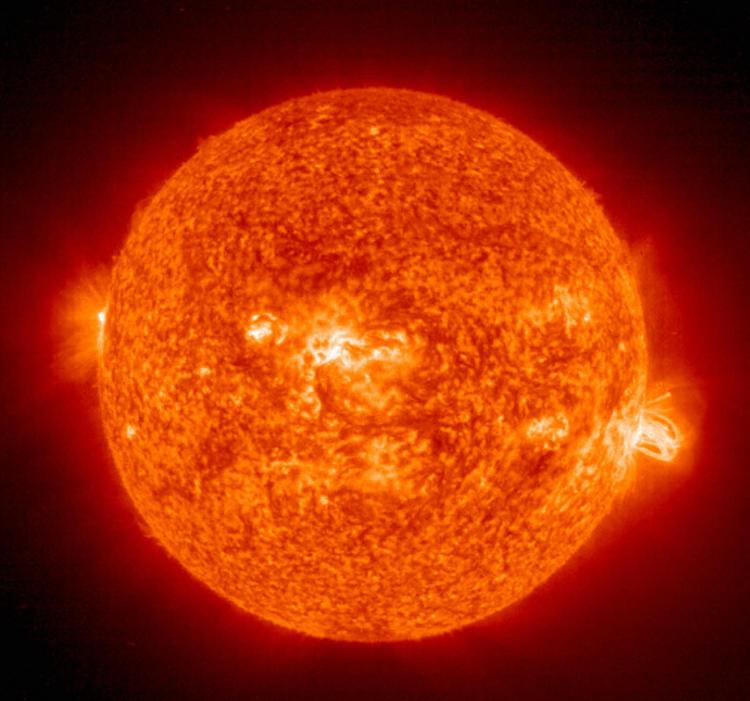Meanwhile back in Washington, D.C., policy makers, government leaders, researches, and the public assembled at the Space Weather Enterprise Forum 2010 on Tuesday, June 8, to brainstorm what can be done to protect 21st century equipment from the sun.
“The sun is waking up from a deep slumber, and in the next few years we expect to see much higher levels of solar activity,” said Dr. Richard Fisher, head of NASA’s Heliophysics division, in a NASA newsletter.
“At the same time, our technological society has developed an unprecedented sensitivity to solar storms. The intersection of these two issues is what we’re getting together to discuss.”
Solar flares vary in strength and in impact on Earth’s magnetic field. The flares are highly radioactive, although humans are protected from this radiation by the atmosphere. What suffers is technology. The heat from the flares can damage satellites, and x-rays can disturb radio communications.
Perhaps the most dangerous type of flares for humans are the coronal mass ejections (CMEs) that occur during the most active period of the sun’s 11-year cycle. This time, the CME is set for about 2012.
A CME happens when gas erupts from the sun’s corona, or its outer atmosphere, and carries a massive amount of radioactive material that can reach Earth in three to five days.
In a report published two years ago by the National Academy of Sciences titled “Severe Space Weather Events—Societal and Economic Impacts,” researchers predicted that our sophisticated technology is vulnerable to a severe solar storm. In a worst case scenario, developed countries with high-tech cities could face blackouts and devastating financial costs 20 times higher than the economic damage caused by Hurricane Katrina.
For now, NASA and the authorities at the Space Weather Enterprise Forum can only advise the private sector, air travel industry, and everyone in the electric power business to take special precautions for the future when a colossal solar storm surges through Earth.
Severe Sun Flares Predicted to Reach Earth
Sleeping for 11 years, our hot giant star the sun has begun to awaken.

6/10/2010
Updated: 10/1/2015
Sleeping for 11 years, our hot giant star the sun has begun to awaken and possibly exhale a massive solar storm in its yawn toward planet Earth.




